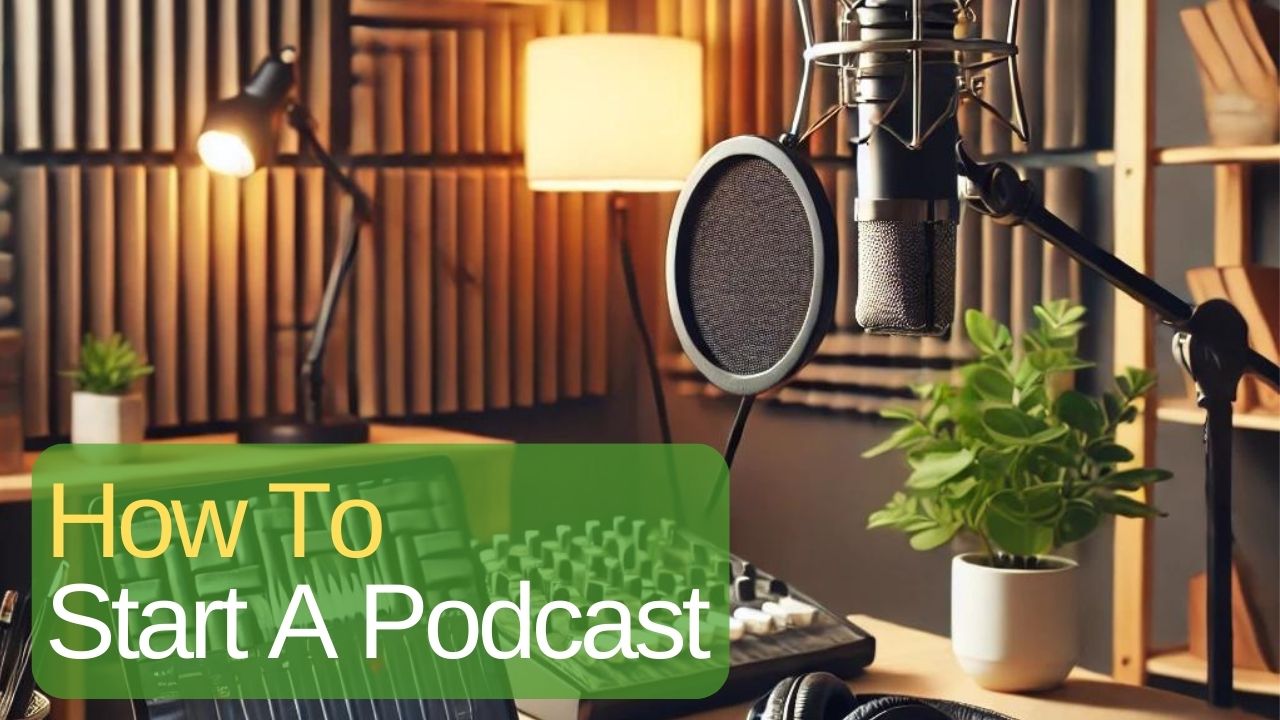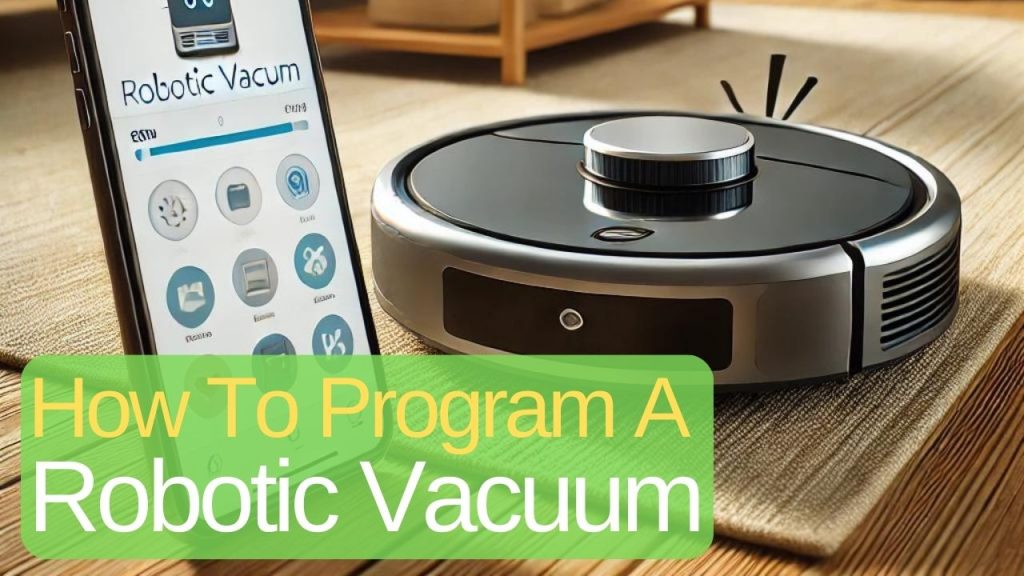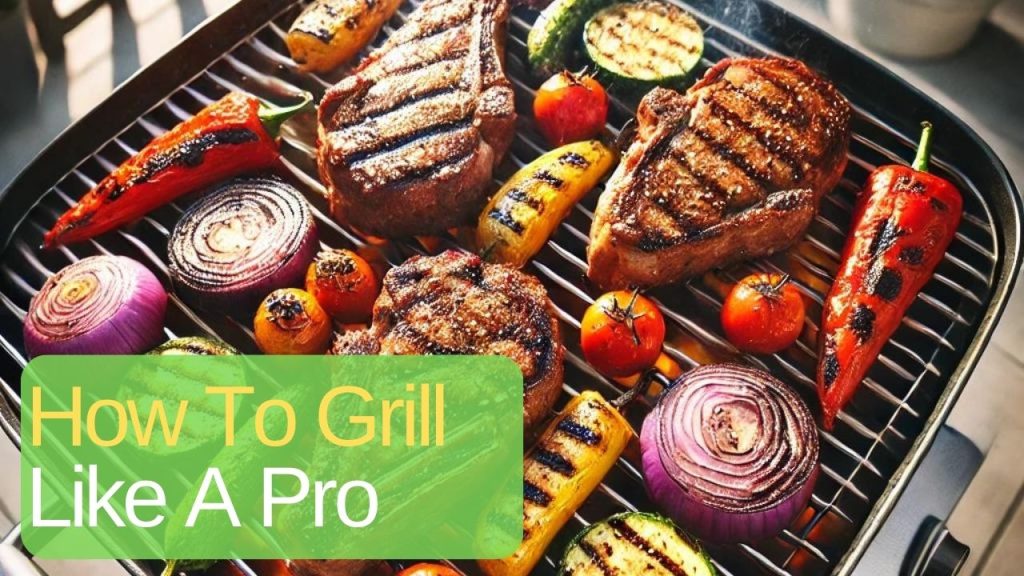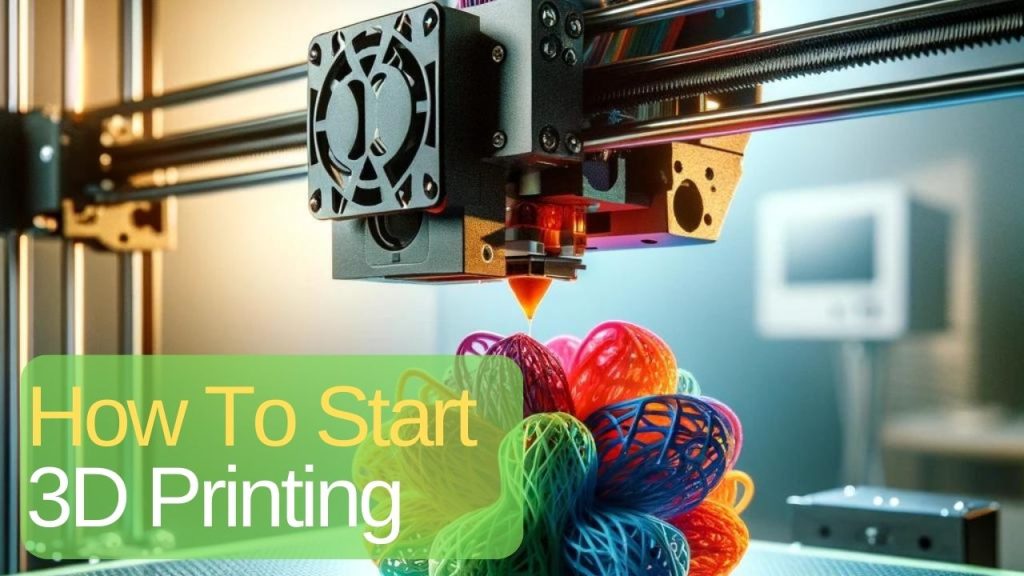Podcasting has exploded in popularity over the past few years, offering a unique platform for sharing stories, ideas, and expertise. If you’re looking to learn how to start a podcast, this guide will walk you through every step of the process, from planning to monetizing.
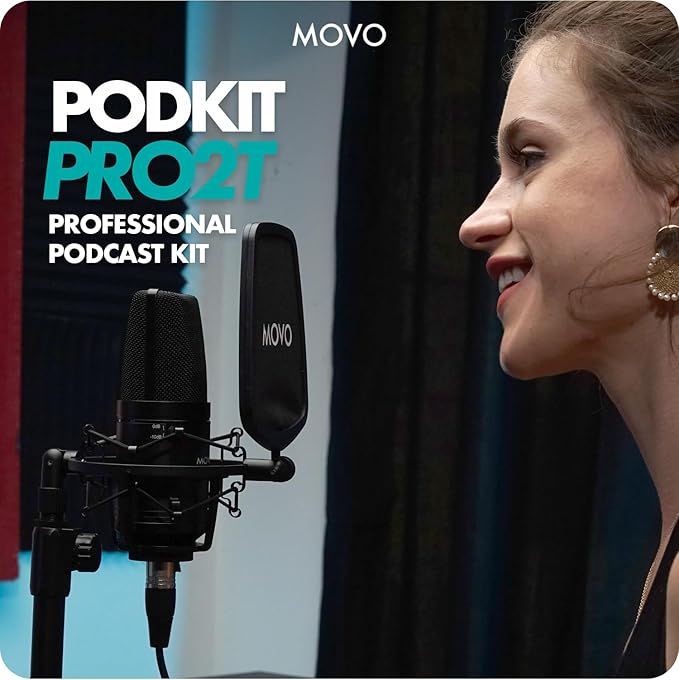
Introduction to How to Start a Podcast
What is a Podcast?
A podcast is an audio program available on the internet for downloading and streaming. Podcasts cover a vast range of topics, including news, storytelling, education, and entertainment. They can be listened to on-demand, making them a flexible and convenient medium.
Why Start a Podcast?
Podcasting allows you to:
- Share Your Passion: Discuss topics you are passionate about.
- Build a Community: Connect with like-minded individuals.
- Establish Authority: Position yourself as an expert in your field.
- Create Additional Income Streams: Monetize through sponsorships, advertisements, and listener support.
Planning Your Podcast
Choosing a Niche for Your Podcast
Selecting a niche is crucial. Your niche should be something you are passionate about and knowledgeable in, and that has an audience interested in that topic.
Defining Your Podcast Audience
Identify who your target audience is. Consider their interests, age, location, and what they seek from a podcast. Understanding your audience helps tailor your content to meet their needs and preferences.
Planning Your Podcast Content
Outline your podcast episodes and structure. Decide on the length of each episode, the format (e.g., solo, interview, panel), and how often you will release new episodes. Consistency is key to retaining and growing your audience.
Equipment and Software Needed to Start a Podcast
Microphones for Podcasting
A good microphone is essential for high-quality audio. Popular options include:
- Blue Yeti: User-friendly with multiple pickup patterns.
- Audio-Technica ATR2100x: Affordable and versatile with USB and XLR connections.
- Shure SM7B: A professional-grade microphone favored by many podcasters.
Headphones for Podcasting
Invest in a pair of closed-back headphones to avoid audio bleed while recording. Some reliable choices are:
- Audio-Technica ATH-M50x
- Sony MDR-7506
Recording Software for Podcasts
Choose user-friendly software that suits your needs:
- Audacity: Free and open-source, suitable for beginners.
- GarageBand: Free for Mac users, with a simple interface.
- Adobe Audition: A more advanced option for professional editing.
Editing Tools for Your Podcast
Editing software helps refine your recordings:
- Audacity: Also functions as an editing tool.
- Hindenburg Journalist: Tailored for podcasters, with features for audio editing and production.
Recording Your First Podcast Episode
Tips for Recording a Podcast
- Choose a Quiet Space: Minimize background noise.
- Use a Pop Filter: Reduces plosive sounds.
- Monitor Your Audio: Listen through headphones while recording.
Setting Up a Recording Space for Your Podcast
Optimize your recording environment:
- Soundproofing: Use foam panels, carpets, and heavy curtains to absorb sound.
- Comfortable Setup: Ensure your recording space is comfortable for long sessions.
Best Practices for Podcast Recording
- Script or Outline: Have a script or outline to stay on track.
- Pacing and Clarity: Speak clearly and at a moderate pace.
- Engagement: Be enthusiastic and engaging to keep listeners interested.
Editing and Producing Your Podcast
Basics of Editing Audio for Your Podcast
- Remove Background Noise: Use noise reduction tools.
- Edit Out Mistakes: Cut out stammers, long pauses, and errors.
- Balance Audio Levels: Ensure consistent volume throughout the episode.
Adding Intros/Outros to Your Podcast
Create professional-sounding episodes by adding:
- Intro Music: Sets the tone for your podcast.
- Outro Music: Signals the end of an episode.
- Voiceovers: Introduce yourself and your show.
Producing a Professional-Sounding Podcast Episode
- Consistency: Maintain a consistent format and audio quality.
- Transitions: Use smooth transitions between segments.
Publishing and Promoting Your Podcast
Platforms for Hosting Your Podcast
Choose a hosting platform to distribute your podcast:
- Libsyn: Reliable with robust analytics.
- Anchor: Free and easy to use.
- Buzzsprout: User-friendly with excellent customer support.
Distributing Your Podcast
Submit your podcast to directories like:
- Apple Podcasts
- Spotify
- Google Podcasts
- Stitcher
Strategies for Promoting Your Podcast
- Social Media: Share episodes on social media platforms.
- Collaborations: Guest on other podcasts or invite guests to yours.
- Email Newsletters: Build a mailing list to notify subscribers of new episodes.
Monetizing Your Podcast
Sponsorships for Your Podcast
Partner with brands relevant to your audience for sponsorship deals. You can include:
- Pre-roll Ads: Before the episode starts.
- Mid-roll Ads: In the middle of the episode.
- Post-roll Ads: At the end of the episode.
Affiliate Marketing for Your Podcast
Promote products or services and earn a commission for every purchase made through your referral links.
Listener Support for Your Podcast
Encourage your audience to support your podcast through:
- Patreon: Offer exclusive content to subscribers.
- Buy Me a Coffee: Accept donations from listeners.
Common Questions About Starting a Podcast
How Much Does It Cost to Start a Podcast?
The cost varies. Basic equipment and software can cost around $100-$500. Professional gear can cost significantly more.
Do I Need a Website for My Podcast?
While not mandatory, a website can enhance your podcast’s credibility, provide a hub for all episodes, and improve discoverability through SEO.
How Can I Improve My Podcast’s Sound Quality?
- Use High-Quality Equipment: Invest in a good microphone and headphones.
- Record in a Quiet Space: Minimize background noise.
- Edit Thoroughly: Use editing software to refine your audio.
Final Thoughts on How to Start a Podcast
Starting a podcast is an exciting journey that allows you to share your passion with the world. By following these steps on how to start a podcast, you’ll be well on your way to creating engaging and professional-sounding episodes that resonate with your audience. Happy podcasting!
By following this guide, you can launch your podcast and build a loyal audience. Remember, consistency and quality are key to success. Now, get out there and start recording!

